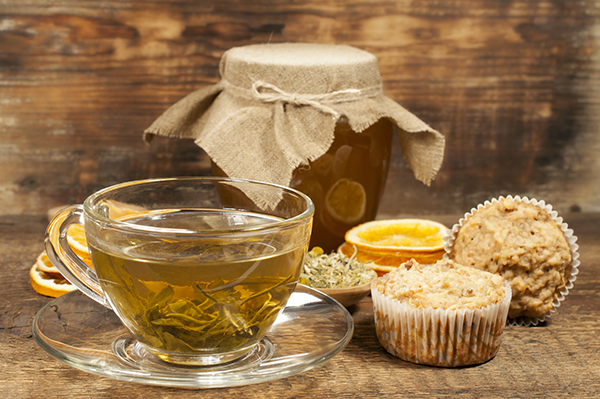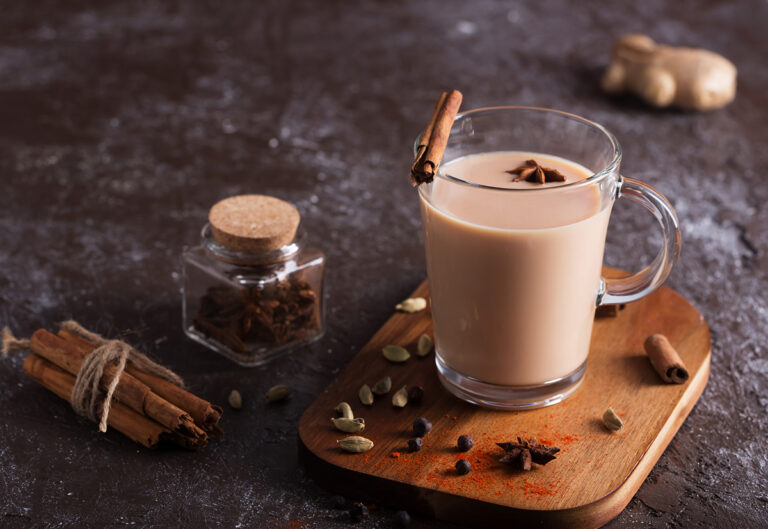The 6 Colors of Tea: Exploring the Spectrum
Introduction
Tea is the world’s second most popular beverage, after water. From social gatherings to moments of solitude, tea has been enjoyed by millions of people for thousands of years. A key element that distinguishes various types of tea is their color.
In this article, we will delve into the fascinating world of tea colors and discuss how they can enhance your tea-drinking experience.

The Tea Plant: Camellia Sinensis
All true teas come from the leaves of the Camellia sinensis plant, a shrub native to Asia. The color, flavor, and aroma of tea depend on how the leaves are processed after harvesting. There are six main types of tea, each with its unique color palette: white, green, oolong, black, dark (or pu-erh), and yellow.
White Tea
White tea is the least processed of all tea types. The leaves and buds are simply plucked and left to wither in the sun, allowing them to retain their natural, delicate flavor.
Colors of White Tea
- Dry leaves: Silver, green, and brown shades
- Brewed tea: Pale yellow to light golden
Flavor Profile
White tea is known for its light, delicate, and floral flavor. It is subtle and refreshing, with a natural sweetness that lingers on the palate.

Green Tea
Green tea is made from leaves that are quickly steamed or pan-fired to prevent oxidation. This process helps preserve the green color and the high levels of antioxidants in the leaves.
Colors of Green Tea
- Dry leaves: Vibrant green to dark green
- Brewed tea: Light green, yellow-green, or pale green
Flavor Profile
Green tea has a fresh, grassy, and vegetal flavor. Some varieties can be slightly sweet, while others may have a more astringent or bitter taste.
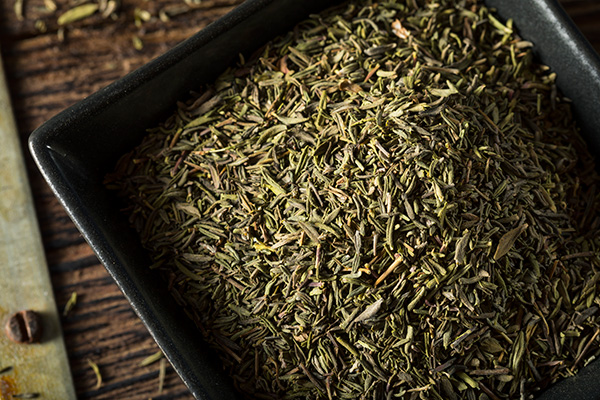

Oolong Tea
Oolong tea falls between green and black teas in terms of oxidation. The leaves are partially oxidized, giving them a unique flavor profile that can vary widely depending on the specific processing techniques used.
Colors of Oolong Tea
- Dry leaves: Greenish-brown to dark brown
- Brewed tea: Pale yellow-green to deep amber
Flavor Profile
Oolong tea offers a diverse range of flavors, from floral and fruity to creamy and toasty. The taste can be sweet, slightly bitter, or a combination of both.
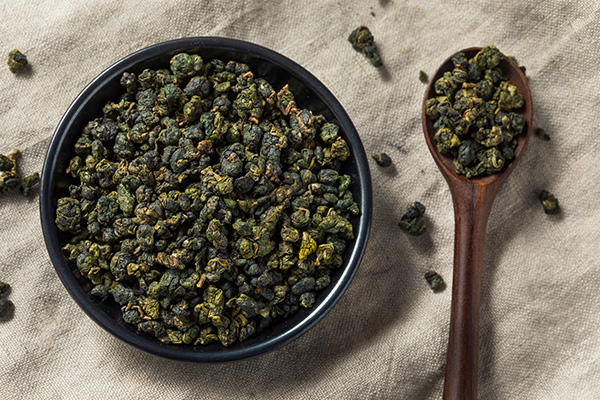
Black Tea
Black tea is fully oxidized, which gives it a dark color and a strong, robust flavor. The leaves are rolled and allowed to oxidize before being dried and sorted.
Colors of Black Tea
- Dry leaves: Dark brown to black
- Brewed tea: Reddish-brown to dark amber
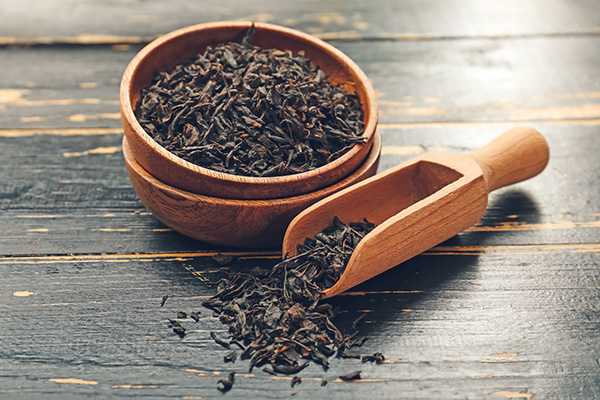

Flavor Profile
Black tea has a bold, robust flavor, often described as malty or slightly astringent. Some black teas have a naturally sweet, fruity, or spicy taste.
Dark (Pu-erh) Tea
Dark tea, also known as pu-erh, undergoes a unique fermentation process that can take months or even years. This results in a complex, earthy flavor and a dark color.
Colors of Dark Tea
- Dry leaves: Dark brown to black
- Brewed tea: Deep reddish-brown to nearly black
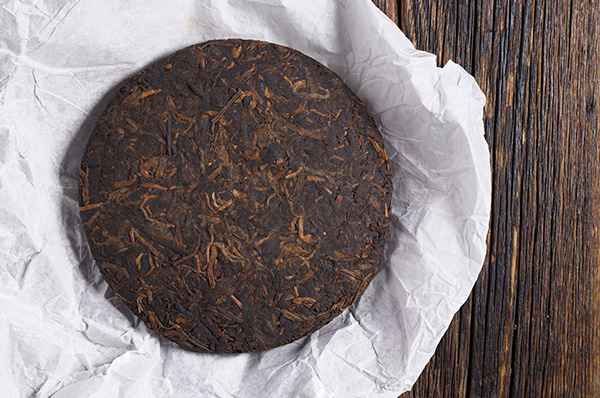
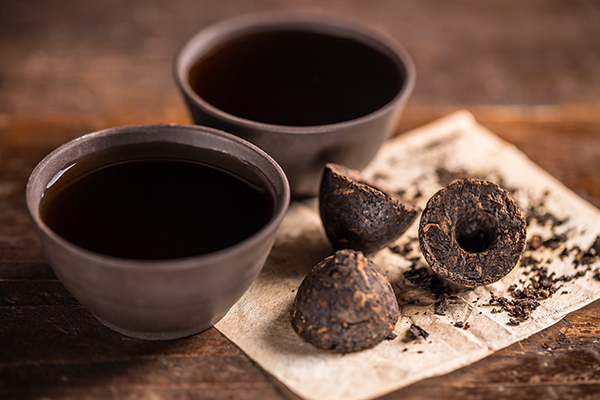
Flavor Profile
Pu-erh tea has a strong, earthy taste that can be quite distinct from other tea types. It may have notes of wood, leather, or even mushrooms, and its flavor often improves with age.
Yellow Tea
Yellow tea is a rare and luxurious tea type. The processing techniques are similar to those of green tea, but with an additional step called “yellowing.” This involves allowing the leaves to oxidize slightly under a warm, humid environment, which gives the tea its unique color and flavor.
Colors of Yellow Tea
- Dry leaves: Light green to yellow-green
- Brewed tea: Pale yellow to golden
Flavor Profile
Yellow tea has a delicate, floral aroma with a gentle, sweet, and mellow flavor. It often exhibits a light, buttery mouthfeel and a lingering sweetness.

Blends and Flavored Teas
Beyond the six main tea types, countless blends and flavored teas are created by combining tea leaves with herbs, spices, fruits, and other flavorings. These blends can result in a wide range of colors and flavors, offering an even broader spectrum of tea experiences.
Chai Tea
Chai tea is a popular example of a blended tea. It typically combines black tea with a mix of spices, such as cinnamon, cardamom, cloves, and ginger. The brewed tea has a dark amber color, and the flavor is a harmonious blend of bold, spicy, and sweet notes.
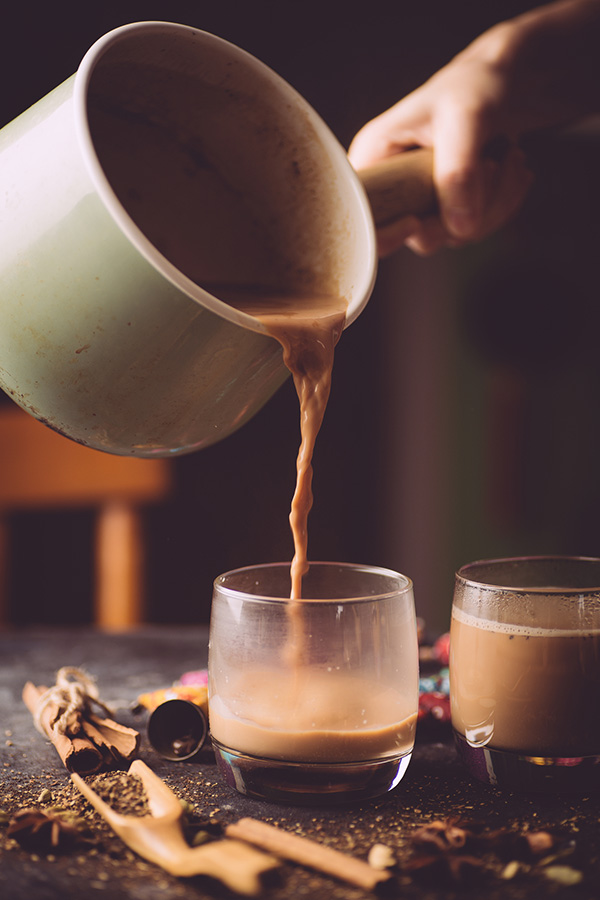
Herbal Tea
Herbal teas, also known as tisanes, are made from a wide variety of plants other than the Camellia sinensis. These infusions can exhibit a diverse range of colors, from the bright red of hibiscus tea to the soothing golden hue of chamomile tea. The flavors can range from sweet and fruity to earthy and aromatic, depending on the ingredients used.
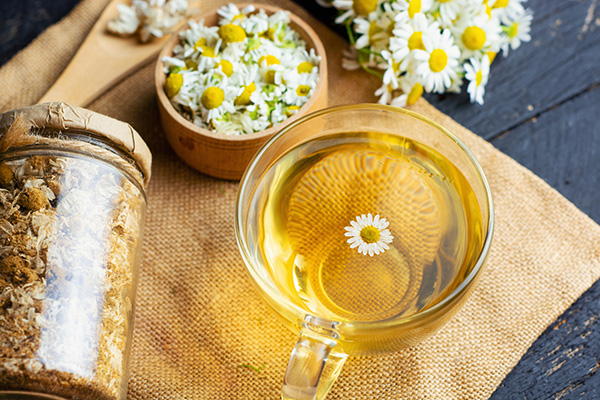
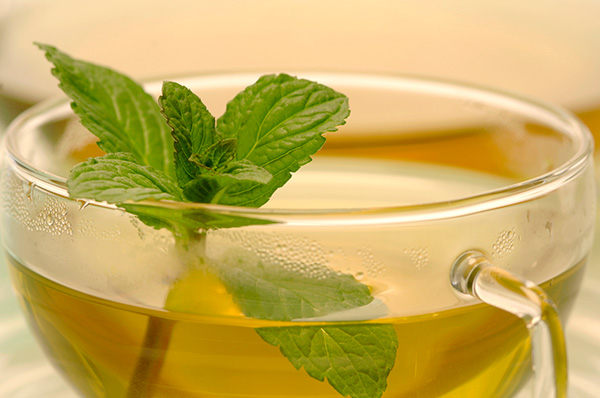
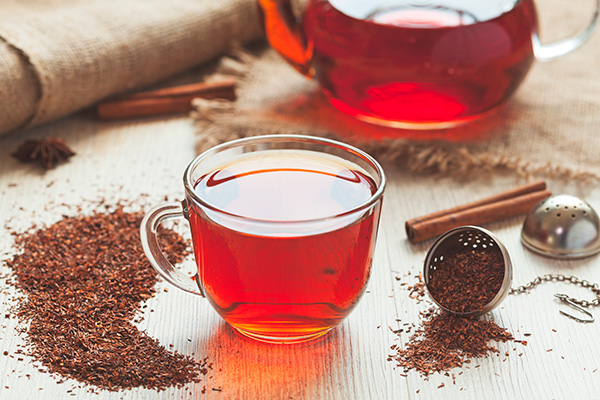

How to Brew Tea for the Best Color and Flavor
The color and flavor of your tea can be greatly affected by how you brew it. Here are some general guidelines to help you get the most out of your tea:
- Use fresh, high-quality tea leaves.
- Use the right water temperature: lower temperatures for white, green, and yellow teas (160-185°F or 70-85°C) and higher temperatures for oolong, black, and dark teas (190-212°F or 88-100°C).
- Use the correct tea-to-water ratio: typically 1 teaspoon of tea per 8 ounces of water, but consult the specific tea’s brewing instructions.
- Steep for the appropriate amount of time: generally 2-3 minutes for white, green, and yellow teas, and 3-5 minutes for oolong, black, and dark teas. Oversteeping can lead to bitter or overly strong flavors.
Conclusion
Tea is an incredibly diverse beverage, with a multitude of colors, flavors, and aromas to discover. By understanding the different types of tea and their unique characteristics, you can embark on an exciting journey through the world of tea colors. Whether you prefer the delicate, subtle notes of white tea or the bold, robust flavors of black tea, there is truly a tea for every palate. So, brew yourself a cup and savor the colors and flavors of this timeless beverage.

